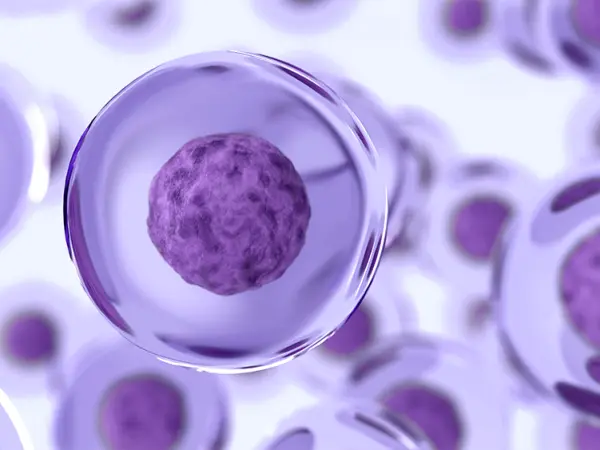All content on this site is intended for healthcare professionals only. By acknowledging this message and accessing the information on this website you are confirming that you are a Healthcare Professional. If you are a patient or carer, please visit the Lymphoma Coalition.
The lym Hub website uses a third-party service provided by Google that dynamically translates web content. Translations are machine generated, so may not be an exact or complete translation, and the lym Hub cannot guarantee the accuracy of translated content. The lym and its employees will not be liable for any direct, indirect, or consequential damages (even if foreseeable) resulting from use of the Google Translate feature. For further support with Google Translate, visit Google Translate Help.
The Lymphoma & CLL Hub is an independent medical education platform, sponsored by AbbVie, BeOne Medicines, Johnson & Johnson, Miltenyi Biomedicine, Roche, Sobi and Thermo Fisher Scientific and supported through educational grants from Bristol Myers Squibb, Incyte, and Lilly. The funders are allowed no direct influence on our content. The levels of sponsorship listed are reflective of the amount of funding given. View funders.
Now you can support HCPs in making informed decisions for their patients
Your contribution helps us continuously deliver expertly curated content to HCPs worldwide. You will also have the opportunity to make a content suggestion for consideration and receive updates on the impact contributions are making to our content.
Find out more
Create an account and access these new features:
Bookmark content to read later
Select your specific areas of interest
View lymphoma & CLL content recommended for you
Nuclear receptor agonists
The nuclear receptors (NRs) are a family of transcription factors that are ligand-regulated by certain steroids and other hormones, such as vitamin D3, thyroid hormone, and retinoids. NRs are good drug targets with internal pockets receptive to hydrophobic, drug-like molecules and well-characterized mechanisms that direct transcriptional coregulators to promoter elements.

Filter by content:
All Therapeutics
- ADI-001
- ALLO-501
- ALLO-605
- ALLO-715
- Axicabtagene ciloleucel
- Azercabtagene zapreleucel
- Brexucabtagene autoleucel
- CAR NK cells
- CAR T
- JCAR014
- JNJ-90014496
- KTE-X19
- LB1901
- Lisocabtagene maraleucel
- LV20.19
- MB-105
- MB-106
- MB-CART2019.1
- NKX019
- PBCAR19B
- Rapcabtagene autoleucel
- Relmacabtagene autoleucel
- Rondecabtagene autoleucel
- Talicabtagene autoleucel
- Tisagenlecleucel
- TT11 CD30.CAR-T
- UB-VV111
- Zamtocabtagene autoleucel
- Acalabrutinib
- Alisertib
- Anakinra
- Bexobrutideg
- BGB-16673
- Birelentinib
- bosutinib
- Copanlisib
- Crizotinib
- Duvelisib
- DZD4205
- Emapalumab
- Entospletinib
- Golidocitinib
- Ibrutinib
- Idelalisib
- Itacitinib
- ME-401
- Nemtabrutinib
- Orelabrutinib
- Palbociclib
- Parsaclisib
- Pirtobrutinib
- Rocbrutinib
- Ruxolitinib
- SLS009
- Soquelitinib
- Tirabrutinib
- Umbralisib
- XL114
- Zandelisib
- Zanubrutinib

